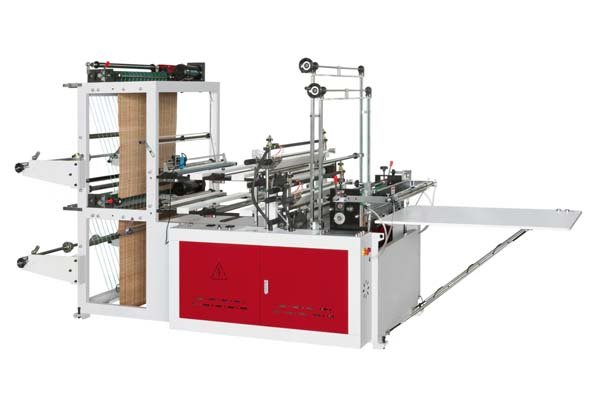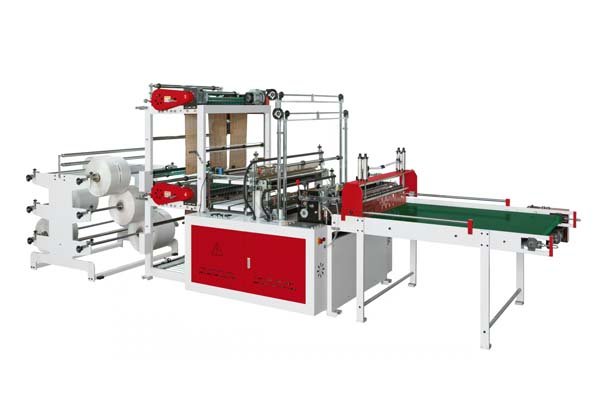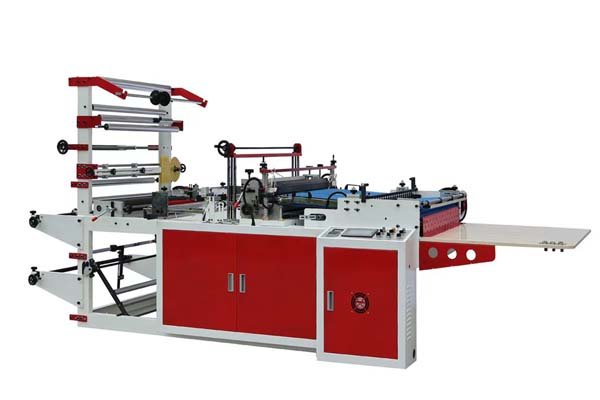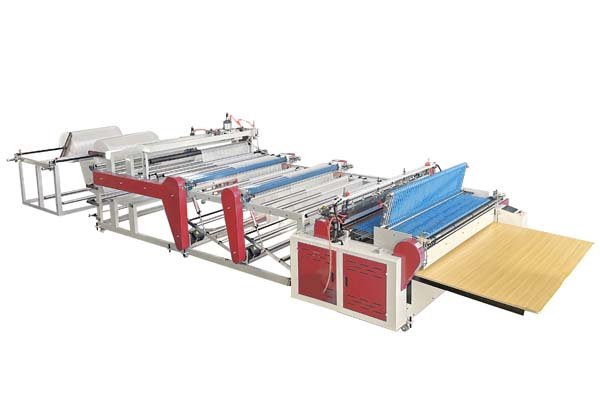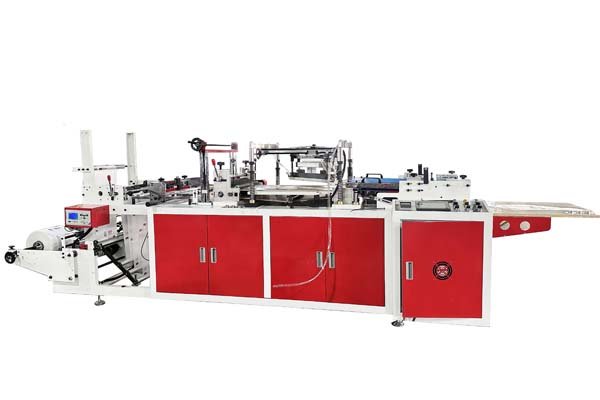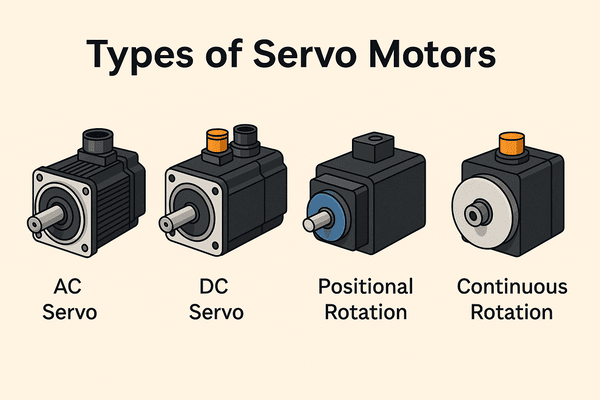
Are you in the bag production business? Do you wonder what materials go into making all those plastic bags? We can help you understand the basics.
The main raw material for most plastic bags is polyethylene. This is a type of plastic made from petroleum or natural gas. There are different kinds, like LDPE and HDPE, used for various bags.
Polyethylene is a versatile polymer. Think of it as long chains of molecules. We, as manufacturers, or rather the resin producers, can adjust these chains. This adjustment creates plastics with different properties. Some are strong. Some are flexible. This is why you see so many types of plastic bags in the world. Each type of bag needs a specific kind of plastic to do its job well. At BagMec®, our machines are designed to work with these different polyethylene types.
For example, Low-Density Polyethylene (LDPE)1 is known for being soft and quite flexible. This makes it a great choice for food storage bags, such as deli bags that you find in supermarkets hiplasticbags.com or for bread. On the other hand, High-Density Polyethylene (HDPE)2 is much stronger and more rigid. We often see HDPE used for t-shirt shopping bags or sturdy garbage bags. Another common material is Polypropylene (PP)3, which is clear and strong, good for packaging where showing the product clearly is important. Our BagMec® machines can efficiently produce bags from all these core materials.
What is the best material to make a plastic bag?
Now that we know common raw materials exist, which one is truly the "best"? That’s a good question. The answer really depends on what the bag will be used for. Many companies offer flexible packaging solutions and the material choice is key .
Polyethylene (PE) is the most common and versatile material for plastic bags. For strength, such as in grocery bags, High-Density Polyethylene (HDPE) is a top choice. Polypropylene (PP) excels in clarity and offers better heat resistance, often preferred for specific packaging needs.
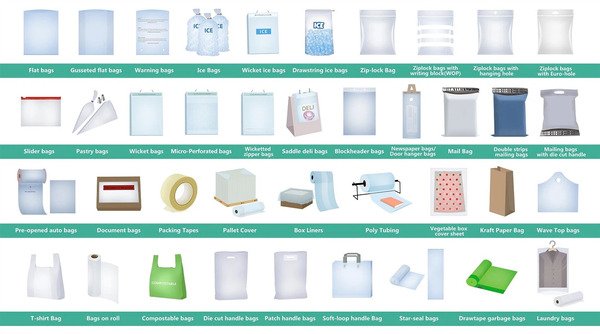
Let's explore this more. Choosing the "best" material means we need to look at many different factors. It's about matching the material's properties to the bag's intended function and also to the capabilities of the bag-making machine.
Key Factors Influencing Material Choice
When our clients at BagMec® ask for advice, we discuss several important points:
-
Purpose of the Bag: What will the bag do?
- Shopping Bags: These need good tensile strength to carry items. HDPE is common, but strong LDPE or biodegradable options like PLA are also used. Our T-Shirt Bag Making Machines handle these well.
- Food Bags: Food safety is number one. Materials like LDPE, PP, or special laminated films are often used. They need to protect the food. Our Food Package Bag Machines and Wicketer Bread Bag Machines are perfect for these.
- Courier & Mailer Bags: These bags must be tough. They need to resist punctures and tears during shipping. Co-extruded PE films are popular. Our Courier Bag Machines are built for this durability.
- Garbage Bags: Strength and puncture resistance are key. HDPE and LDPE (often with recycled content) are typical. Our Garbage Bag Machines are robust for this.
- Industrial Bags: For heavy items, you need very strong materials like heavy-gauge LDPE or LLDPE. Our Heavy Duty Bag Machines are designed for such materials. Gusseted bags, which can expand, are also common for industrial uses, as seen with suppliers like ashirwadindustrialpepackaging.com.
-
Strength and Durability: How much stress will the bag endure?
- Heavier contents need thicker films or stronger resins.
- LLDPE offers excellent strength, especially puncture resistance, even at thinner gauges.
-
Clarity vs. Opacity: Does the product need to be visible?
- PP offers brilliant clarity for retail displays.
- Opaque films are needed for light-sensitive products or for security, like in courier bags.
-
Barrier Properties: What needs to be kept in or out?
- This is vital for food freshness (oxygen, moisture barriers) or medical sterility. Laminated films such as BOPP laminated with PE, or PE stretch film for wrapping, (materials listed by some suppliers galaxypack.en.made-in-china.com are excellent for this. Our Lamination Pouch Making Machines create high-barrier pouches.
-
Printability: How well can the bag be branded?
- Most films are treated (e.g., corona treatment) to accept inks well for vibrant branding.
-
Cost-Effectiveness: What's the budget?
- Resin prices vary. HDPE is often a cost-effective choice for high-volume bags.
- Specialty films cost more but add significant value and performance. Our Patch Handle Bag Making Machines, priced from $8,500, offer an affordable entry for certain bag types.
-
Sustainability Goals: Is environmental impact a concern?
- Using Post-Consumer Recycled (PCR) content is growing. Our machines can be adapted for many PCR materials.
- Biodegradable or compostable materials like PLA are also an option. We even co-developed PLA film machines for a US eco-brand.
-
Machine Compatibility: Will the material run well?
- The chosen film must process smoothly on the bag-making machine. BagMec® machines, including our Side Sealing Bag Machines, are versatile. But, very different materials might need specific setups.
Comparing Common Plastic Bag Materials
Here’s a simple table to compare some popular choices:
| Feature | LDPE (Low-Density Polyethylene) | HDPE (High-Density Polyethylene) | LLDPE (Linear Low-Density Polyethylene) | PP (Polypropylene) | BOPP (Biaxially Oriented Polypropylene) | PLA (Polylactic Acid) |
|---|---|---|---|---|---|---|
| Strength | Moderate | High | Very High (esp. puncture) | Good | Very High | Moderate |
| Flexibility | High | Low (Stiffer) | High | Moderate (Stiffer than PE) | Stiff | Stiff |
| Clarity | Good (can be slightly milky) | Translucent to Opaque | Good | Excellent | Excellent | Good |
| Temperature Resistance | Low | Moderate | Moderate | Higher than PE | Good | Low (can deform with heat) |
| Common Uses | Produce bags, bread bags, liners, some food packaging | Grocery bags, trash bags, retail apparel bags | Stretch film, heavy-duty bags, industrial liners | Crisp food packaging, candy wrappers, garment bags | Snack food packaging, labels, flower sleeves | Compostable food containers, single-use cutlery |
| BagMec® Machine Focus | Food Package, Side Seal, Wicketer Bread Bag, Patch Handle Bag Machine | T-Shirt Bag, Garbage Bag, Heavy Duty Bag Making Machine | Heavy Duty Bag Machine (often blended for specific uses) | Food Package Bag Machine, some Side Seal applications | Used in Lamination Pouch Making Machine | Specific machine setups, for biodegradable bags |
The Rise of Specialty and Custom Films
Today, many bags are not made from just one pure resin. Advanced films are common:
- Co-extruded Films: These have multiple layers. Each layer adds a specific property. For example, one layer for strength, another for sealing, and a third as a barrier. Our Courier Bag Machines often use such films.
- Laminated Films: Different types of films are bonded together. This creates packaging with superior performance. For example, BOPP film might be laminated to PE. The BOPP gives stiffness and a great printing surface, while PE allows for easy sealing. Our Lamination Pouch Making Machines are designed for these complex structures.
- Films with Additives: Special ingredients can be added to the plastic. These include UV stabilizers (to protect from sunlight), anti-static agents (to prevent dust cling), anti-fog agents (for clear food packaging), and slip agents (to make bags easier to open).
Many bag producers provide consultation to create custom solutions that fit exact needs, including hardware and fabric selections if they make more than just plastic bags. At BagMec®, our focus is on the machinery for plastic film bags. We discuss the end-product with you to make sure our machine is perfectly set up for your material.
Making the "Best" Choice with BagMec®
We at BagMec® don’t just sell machines. We offer complete solutions. Here's how we usually work with our clients:
- First, we listen. We want to understand the type of bag you need to make – its size, special features, and how many you need to produce.
- Then, we talk about material options. We discuss the pros and cons of different plastics for your specific bag.
- Based on this, we recommend the BagMec® machine that will best process your chosen material(s) efficiently and reliably. For example, our Zipper Bag Making Machine (priced $15,000-$22,000) is ideal if zippers are a key feature.
- We also offer customization. Our Indian logistics client needed a heavy-duty courier bag line that could also print QR codes. We built that for them.
So, the "best" material is the one that helps you meet your performance goals, stays within your budget, meets any sustainability targets, and, very importantly, runs smoothly and consistently on a high-quality machine like those we build at BagMec®.
Conclusion
Polyethylene is a primary raw material for plastic bags. Choosing the "best" specific material really depends on the bag's final use. At BagMec®, we provide a wide range of machines to help you produce many types of bags efficiently.
-
Explore the unique properties and applications of LDPE, a key material in plastic bag production, to enhance your understanding of flexible packaging. ↩
-
Learn about HDPE's strength and versatility in packaging solutions, crucial for making durable plastic bags. ↩
-
Discover why PP is favored for its clarity and strength in packaging, making it ideal for various applications. ↩

